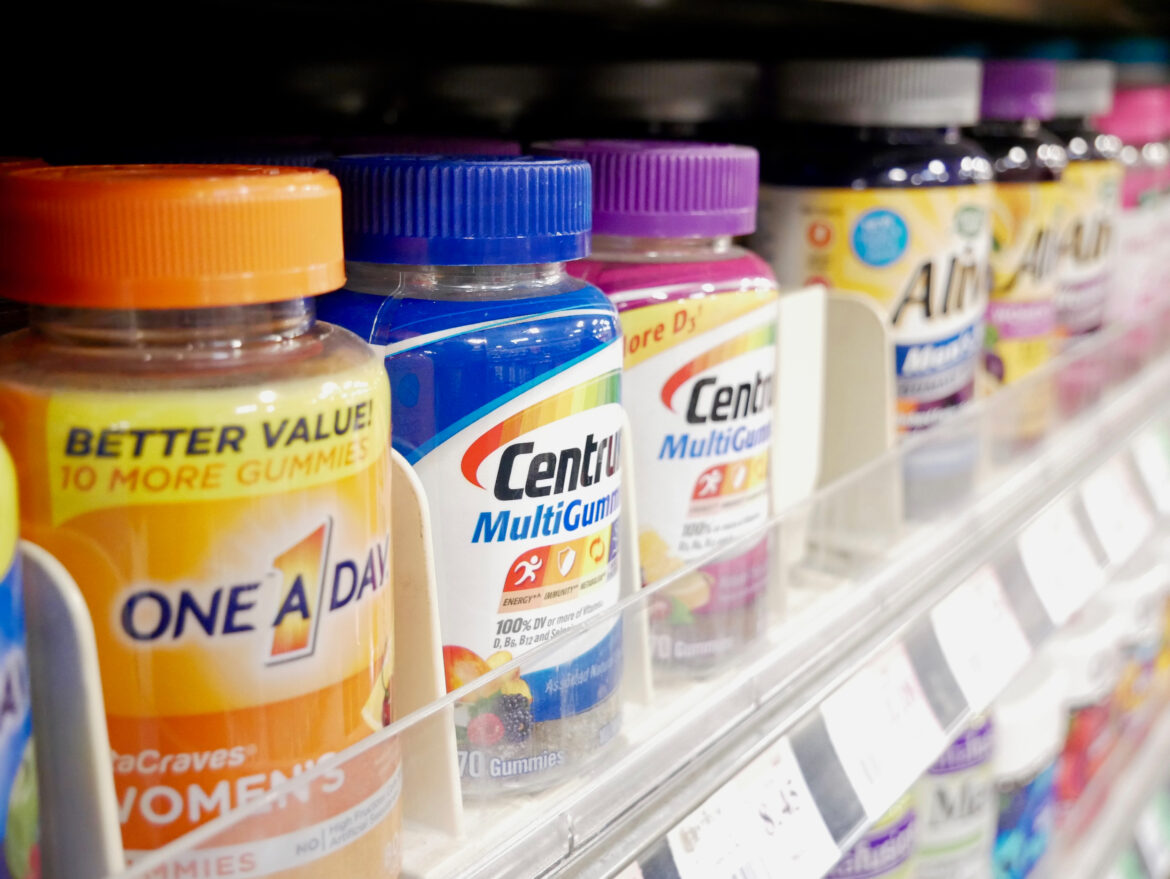As reported by The New York Times, Secretary of Health and Human Services Robert F. Kennedy, Jr., has directed the FDA to reexamine a far-reaching food safety rule: the GRAS (Generally Recognized as Safe) designation, calling it a “loophole” that allows companies to introduce new food ingredients with minimal oversight. His push to challenge the designation has stirred concern in the supplement industry, which frequently relies on GRAS to bring new products to market without triggering stricter regulatory review. The outcome could reshape how chemicals and novel ingredients are regulated in both food and dietary supplements.
What Is GRAS?
GRAS is a regulatory category created in 1958 under the Food Additives Amendment to the Federal Food, Drug, and Cosmetic Act in order to restore public trust in food safety while avoiding lengthy premarket reviews by the FDA for ingredients that are commonly used and widely accepted as safe. Some of these ingredients include salt, vinegar, ascorbic acid (vitamin C), and citric acid.
According to sections 201(s) and 409 of the Federal Food, Drug, and Cosmetic Act, to qualify as GRAS an ingredient must be “generally recognized, among qualified experts, as having been adequately shown to be safe under the conditions of its intended use.” Importantly, companies can self-determine whether a substance meets that standard without notifying the FDA or seeking formal approval.
How Does the GRAS Process Work?
There are two main paths:
Self-determination: A company convenes its own panel of scientific experts to evaluate the safety of a substance, and then deems it GRAS. No formal filing is required. These determinations are not made public, and there is no central database tracking them. A 2010 Government Accountability Office (GAO) report titled Food Safety: FDA Should Strengthen Its Oversight of Food Ingredients Determined to Be Generally Recognized as Safe found that the FDA had no knowledge of most GRAS substances on the market, and that the “FDA’s oversight process does not help ensure the safety of all new GRAS determinations.”
Voluntary notification: Companies may submit a GRAS notice to the FDA for review. If the agency agrees, it issues a “no questions” letter. If, however, the FDA raises concerns or the company withdraws the notice, the product can still legally go to market because the notification process is voluntary. As of January 2021, 955 ingredients or food substances have been filed as GRAS with the FDA, but this list reflects only those products that went through the optional notification process.
This system has enabled a wide range of new food additives, from synthetic flavorings to novel proteins, to enter the U.S. food supply without premarket FDA approval or public disclosure.
How Widely Is It Used?
Extensively. According to an analysis from 2022 by the Environmental Working Group, nearly 99 percent of food chemicals introduced since 2000 have entered the market through the GRAS pathway.
Because there is no public registry of self-determined GRAS ingredients, consumer groups and regulators alike have voiced concern about transparency, conflict of interest, and the potential for under-tested substances to remain on the market indefinitely.
Why Does It Matter for Supplements?
Although GRAS applies to food, not supplements, it is often used to fast-track novel ingredients that later appear in dietary supplements. The Dietary Supplement Health and Education Act (DSHEA) of 1994 requires supplement makers to submit a New Dietary Ingredient (NDI) notification for any ingredient not marketed in the U.S. before 1994. This process involves public documentation and FDA review.
However, by first introducing an ingredient in a food product (such as a health drink or a nutrition bar) under GRAS, companies can later include that same ingredient in supplements without triggering the more rigorous NDI process. This workaround has been described by watchdogs such as the Center for Science in the Public Interest as a “regulatory backdoor” that undermines safety oversight.
Why Is GRAS Under Scrutiny?
Critics say GRAS has drifted far from its original intent. Instead of exempting widely accepted household ingredients, it now facilitates the introduction of novel chemicals and synthetic additives with limited transparency. The FDA simply does not have the capacity to independently audit or investigate the thousands of substances introduced under GRAS, especially when companies opt not to submit voluntary notices.
Kennedy’s push to reform or eliminate GRAS is the most high-profile challenge to the system in years. While industry groups argue that the designation is essential for innovation and efficiency, public health advocates say the stakes are clear: a food safety system in which companies act as their own regulators creates the risk of unchecked exposure to poorly studied chemicals with little opportunity for public accountability.
Read More: FDA’s Approach to the GRAS Provision: A History of Processes
Read More: 2010 Food Safety: FDA Should Strengthen Its Oversight of Food Ingredients Determined to Be Generally Recognized as Safe
Read More: FDA Releases Final Guidance on New Dietary Ingredient Notification Procedures and Timeframes


